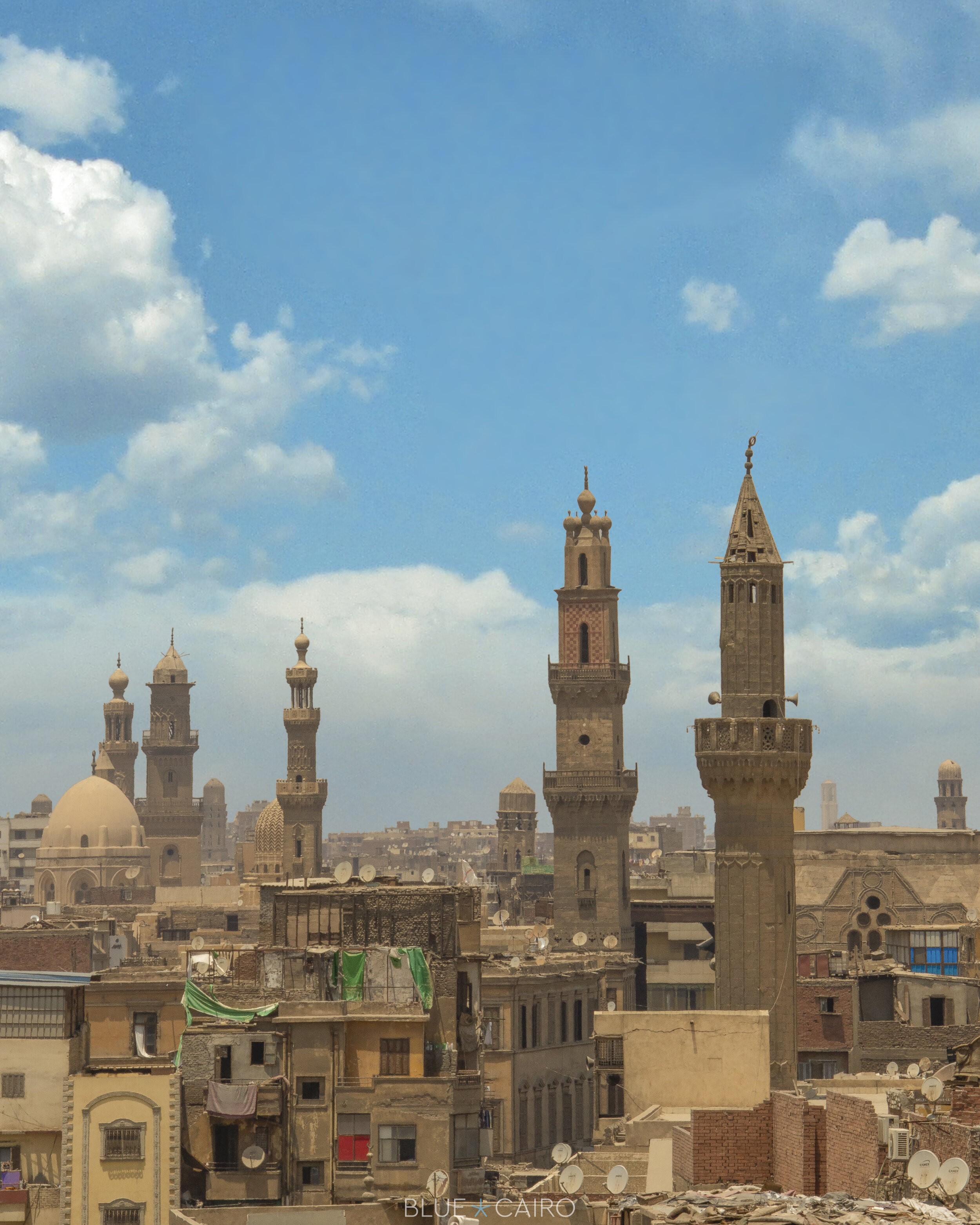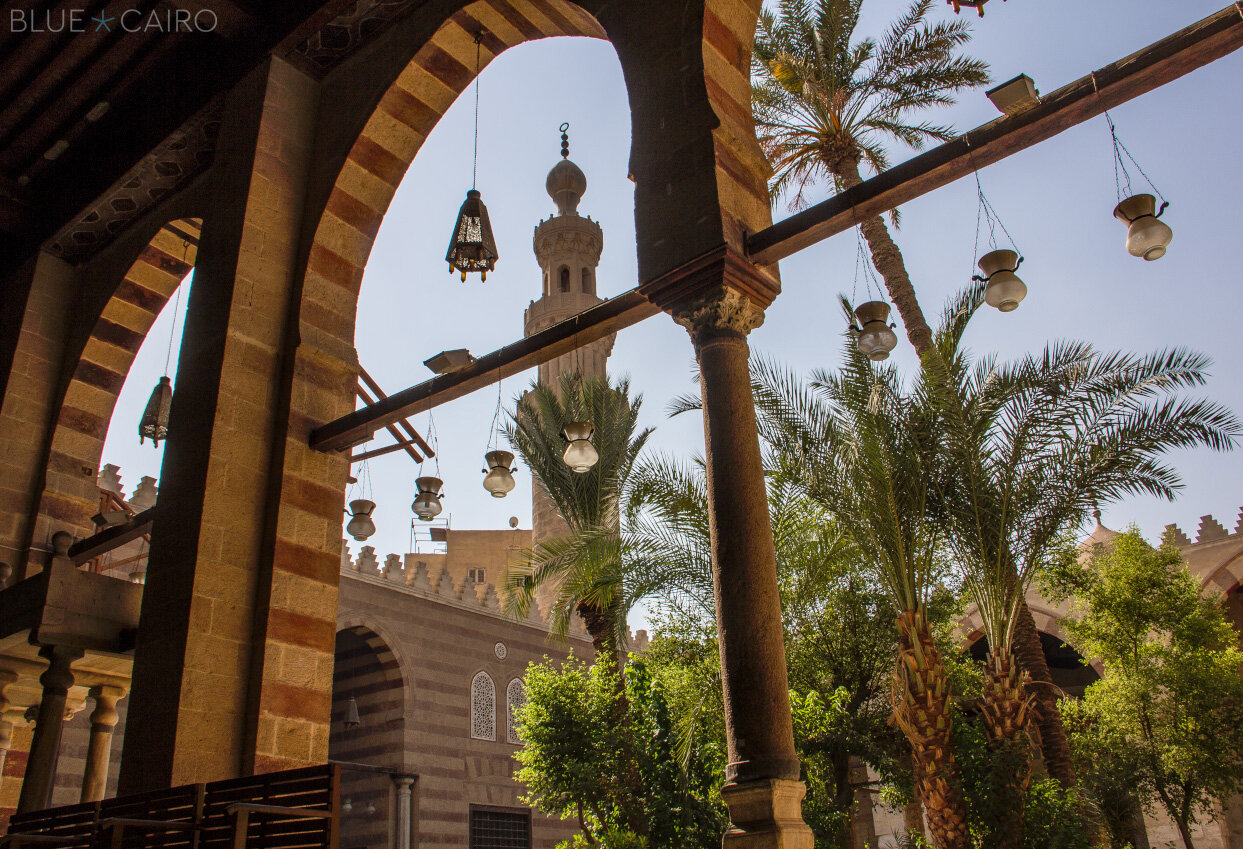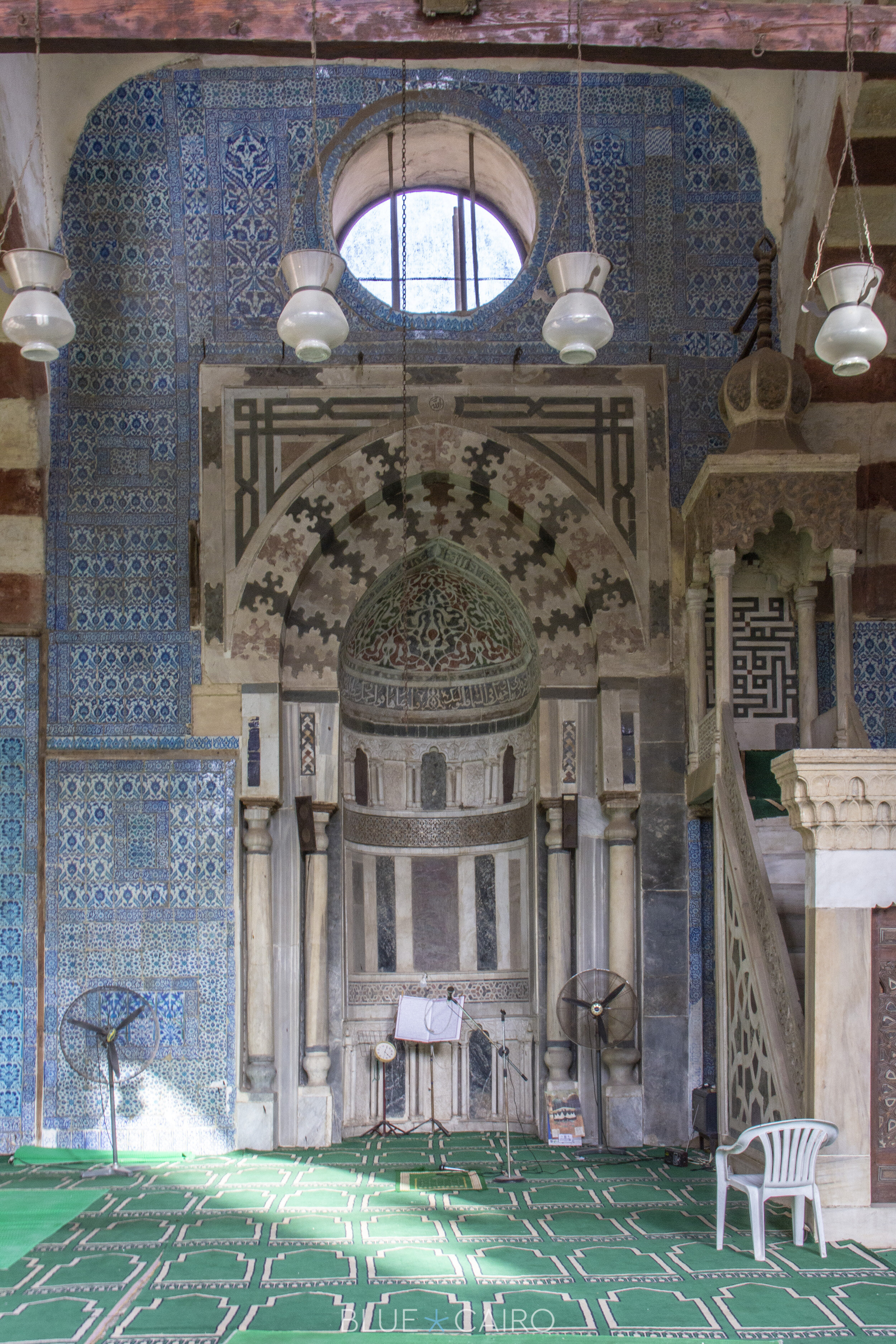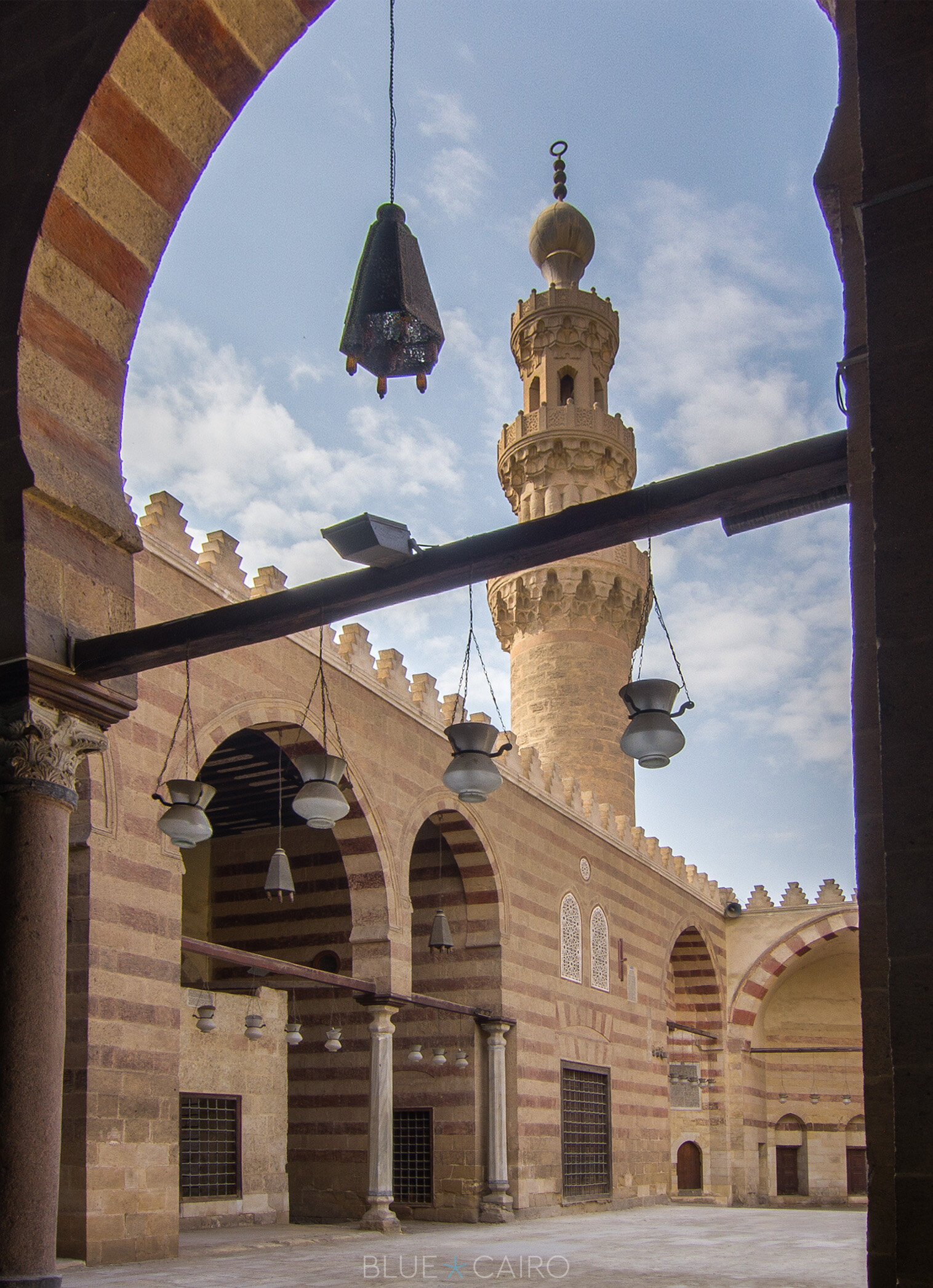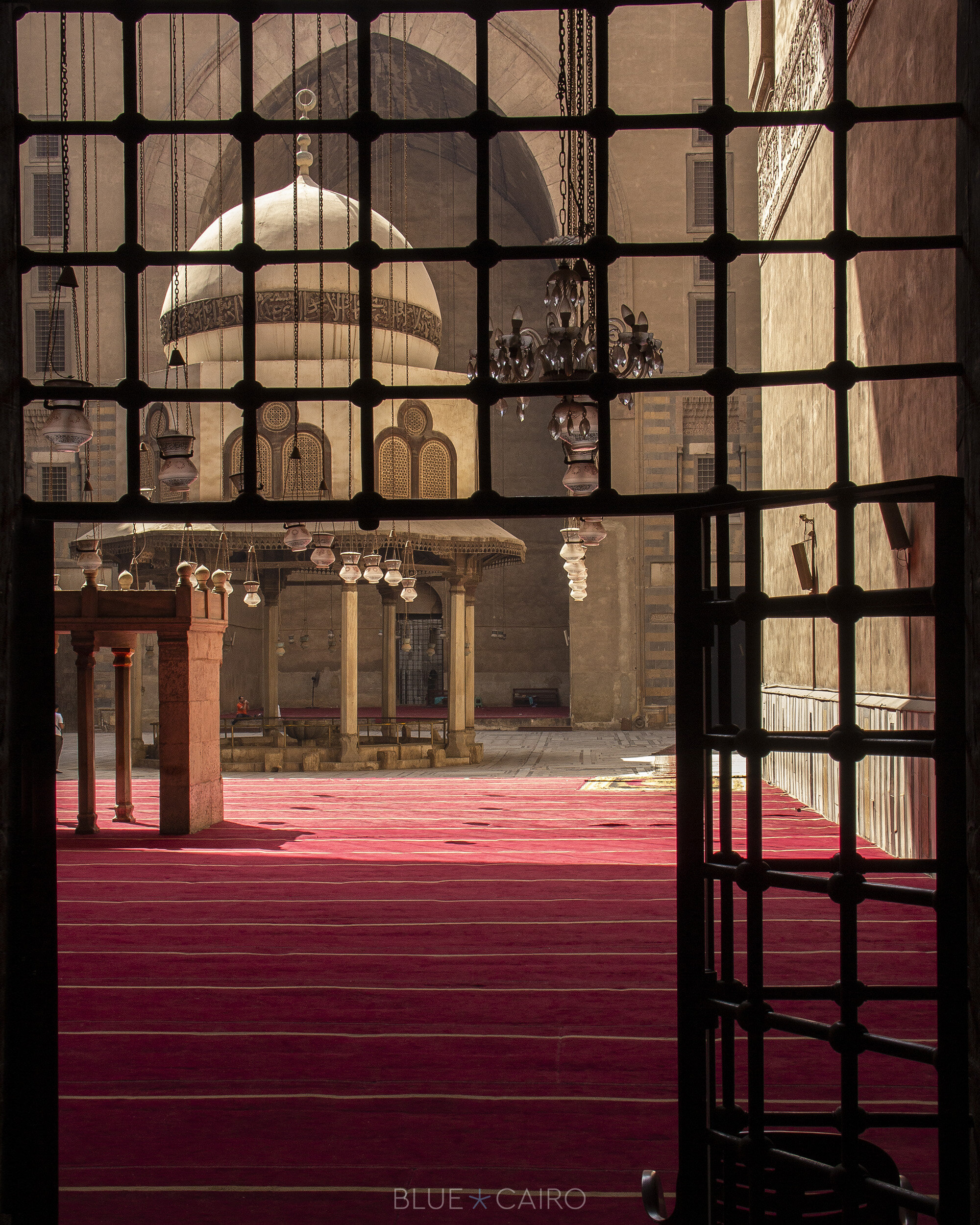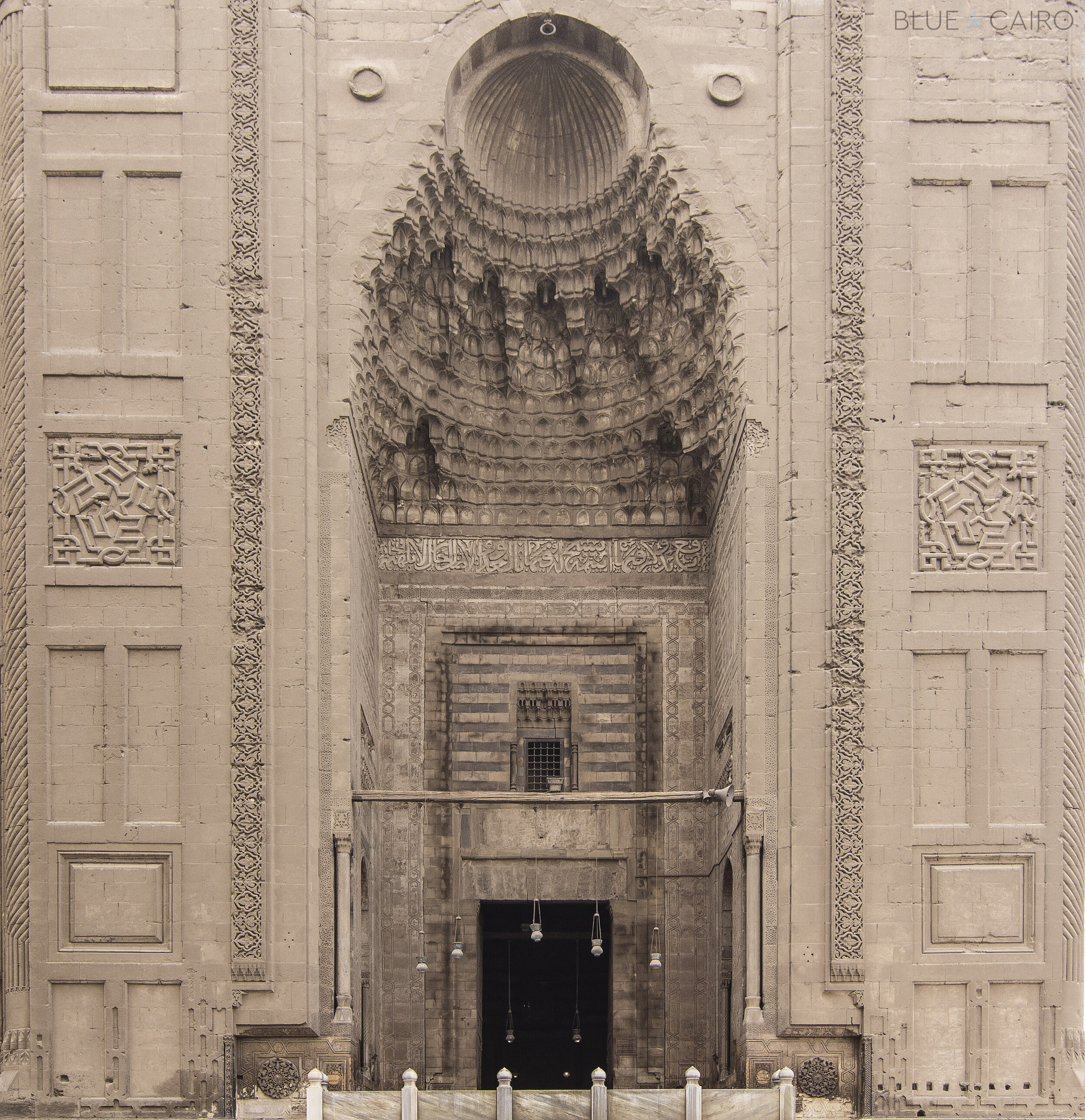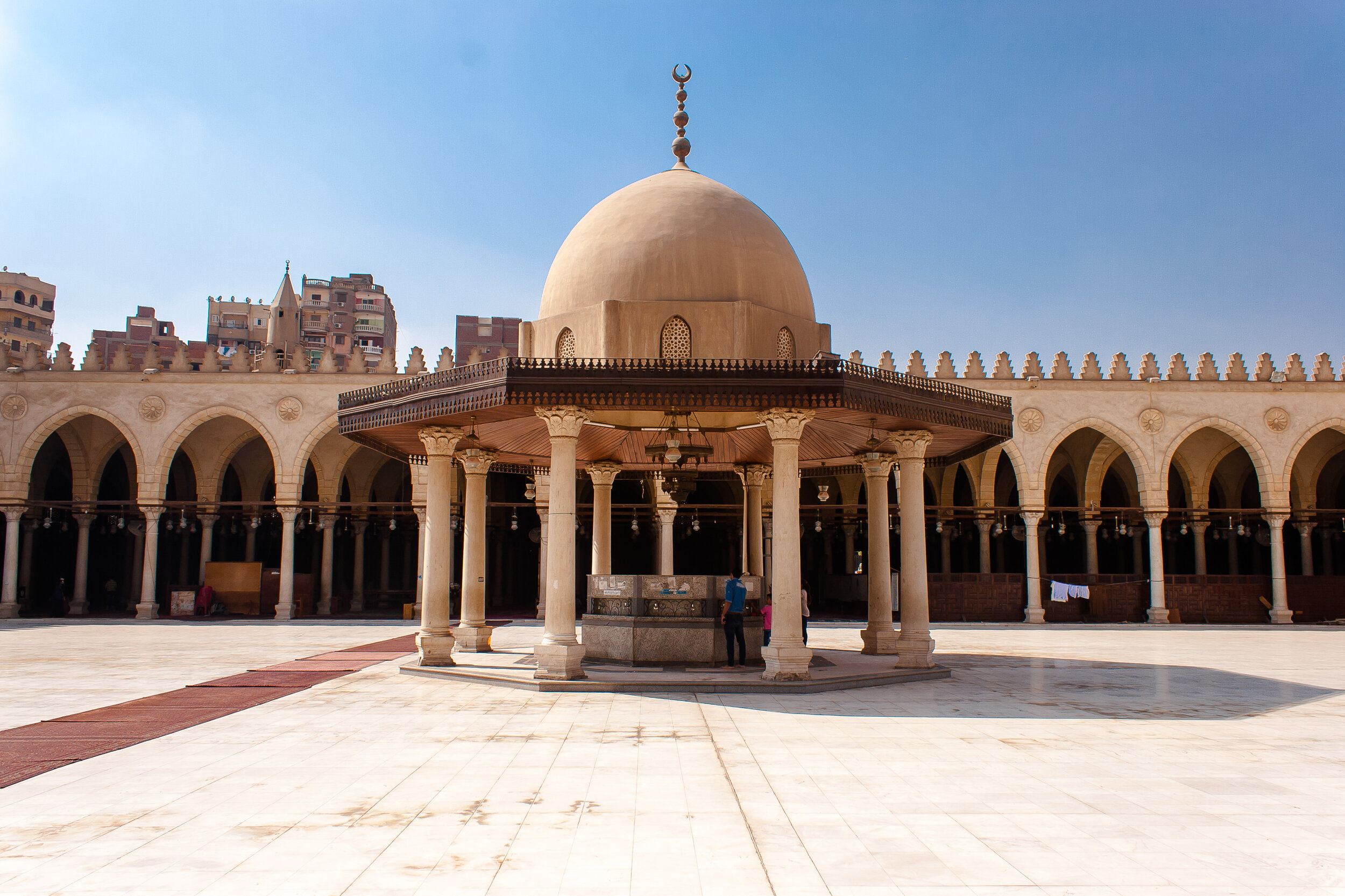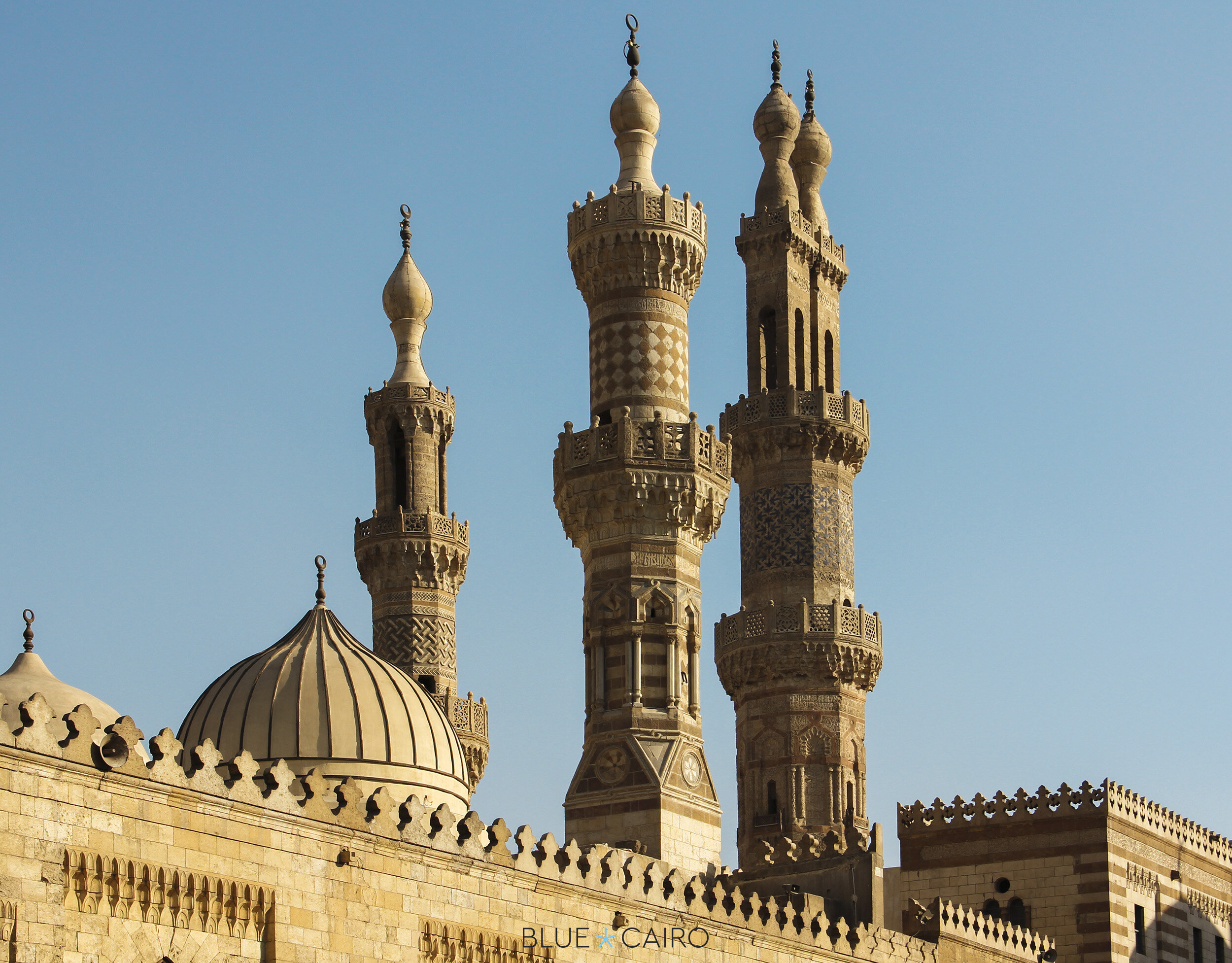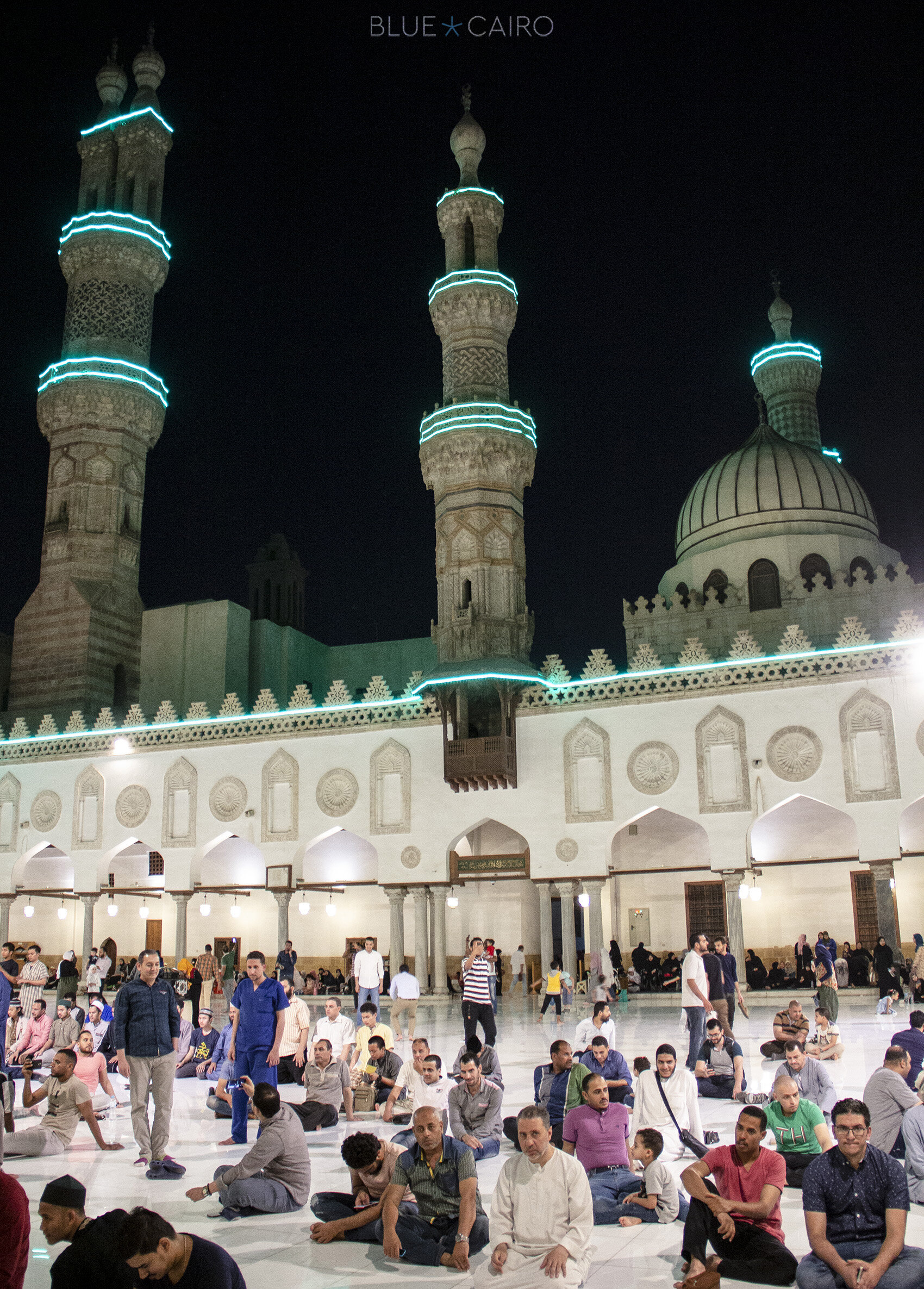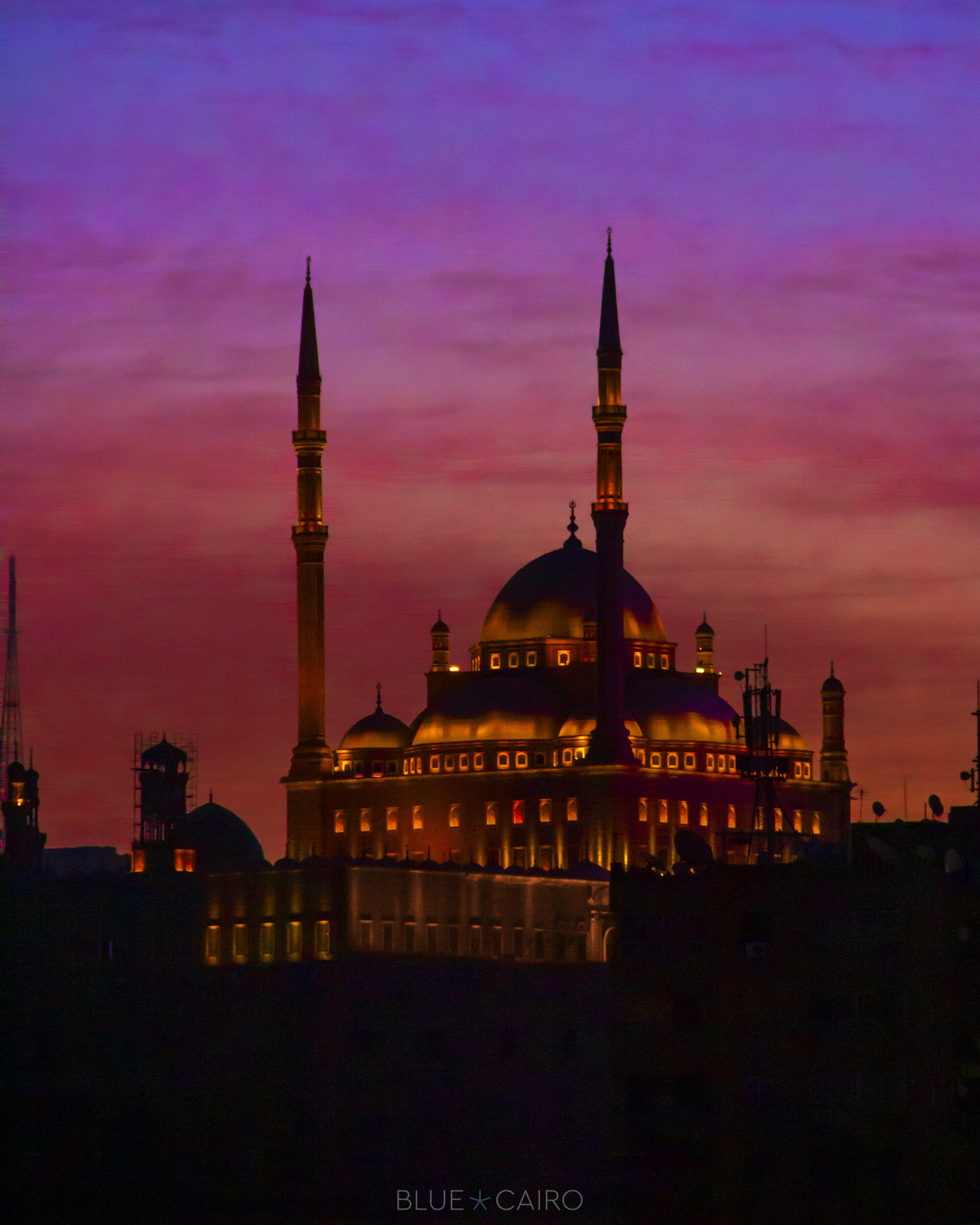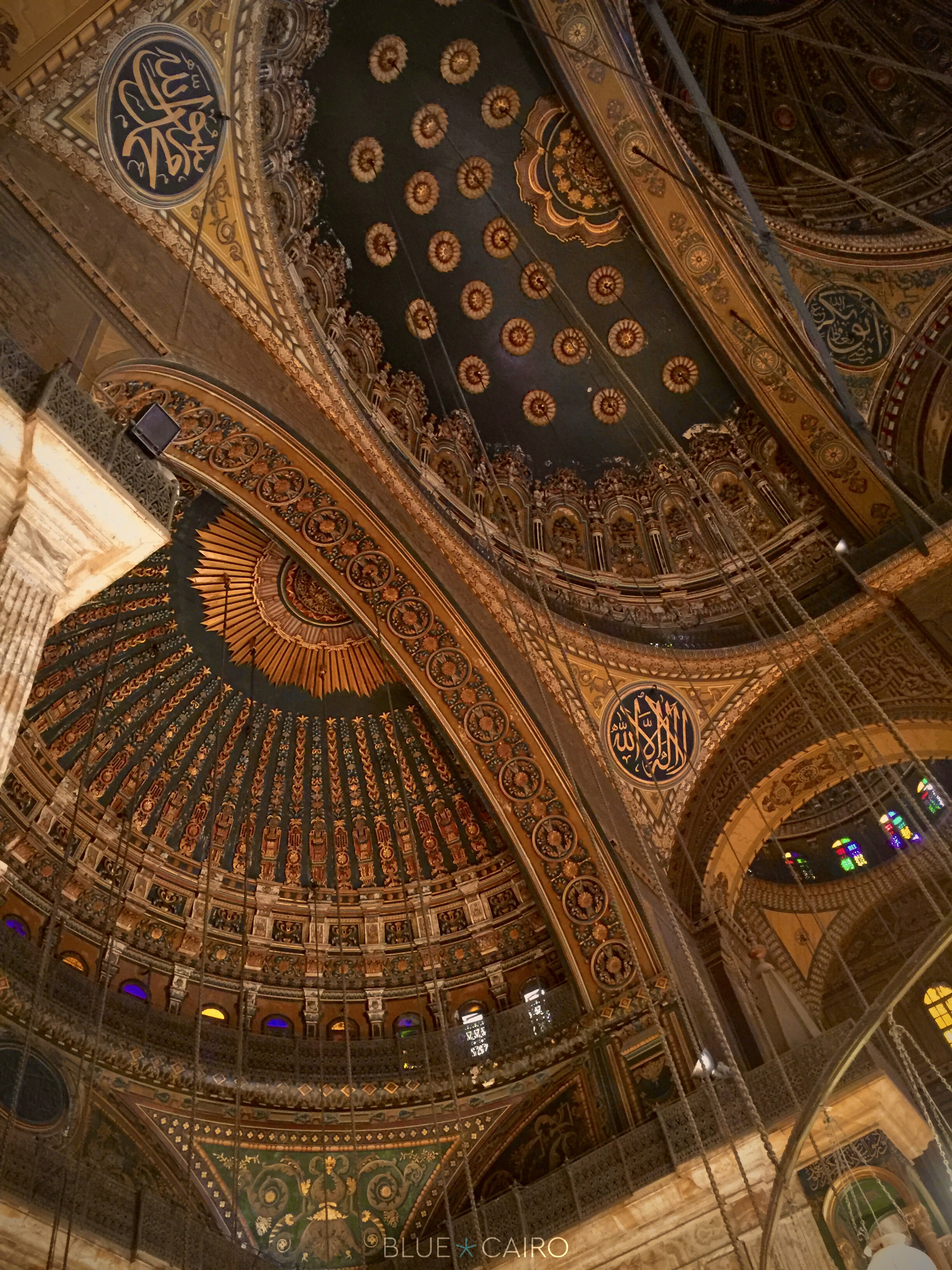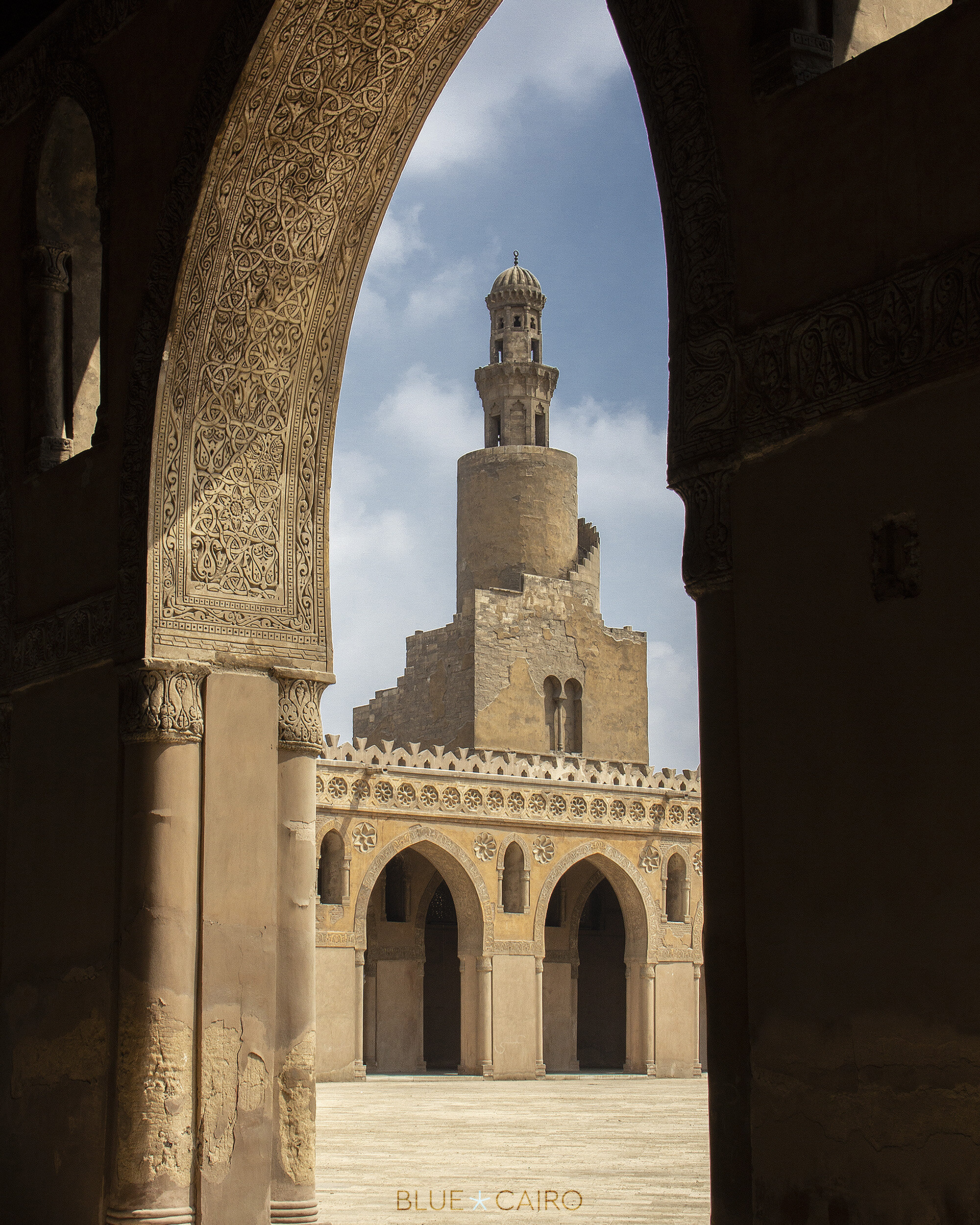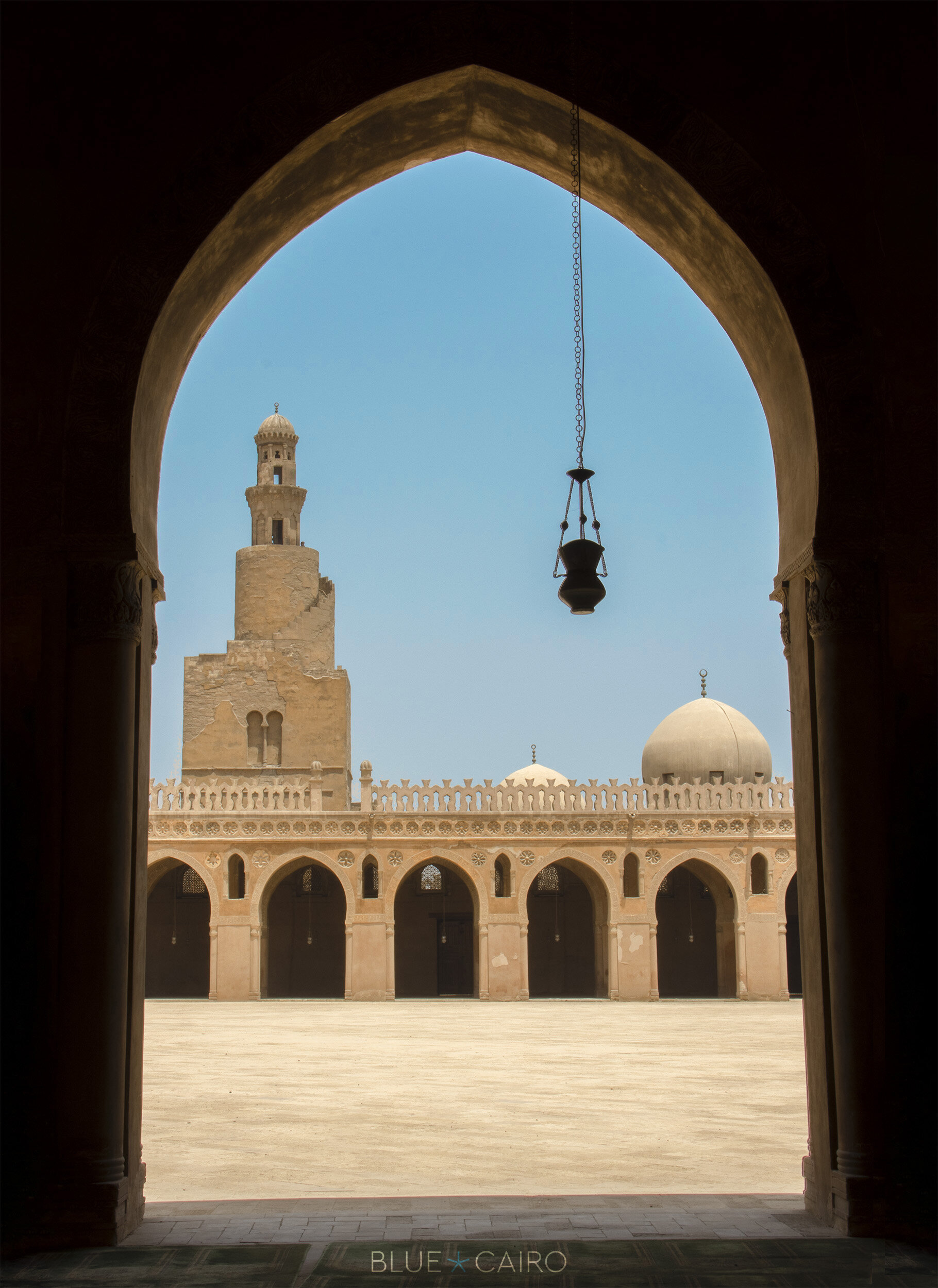Cairo, or Al Qahirah (The Vanquisher) as Jawhar al-Siqilli called it, was named after the planet Mars. As the story goes, the Arabs used to call the planet Al Najm Al Qahir, and upon the founding of the city, Mars was apparent in the night sky, henceforth leaving the city to be known as Al Qahirah. The capital of Egypt is recognized as one of the richest cities in human civilization, and is known for its historical importance throughout the years.
In Egypt, specifically Cairo, Mosques have never been places reserved only for worship. They have been places of learning and the stimulus for social change; in other words, Mosques are considered an important reference for historical events. Although many Caliphates and Muslim dynasties ruled Egypt, and every party had its own concepts and beliefs, all of them were united in the preservation and admiration of the Houses of God.
So, I’m going to take you on a virtual tour of some of the most unique Mosques of Cairo.
The Blue Mosque
One of the many Blue Mosques of the world is located in Al Darb Al Ahmar, “The Red Road” district, on Bab Al Wazeer street. This splendid mosque was founded by Sultan Qalaun in 1346, known as Aqsunqur Mosque or the Mosque of Ibrahim Agha. It’s home to numerous mausoleums, including the likes of Shams al Din Aqsunqur (the founder), his sons, and Mamlouk Sultan, Al Nasir Muhammad. The Mosque also includes the mausoleum of Ibrahim Agha Mustahfizan, who is credited with turning Aqsunqur mosque into The Blue Mosque, after adding exquisite blue and green tiles (Qishani) in the distinct Iznik style. These renovations were completed between 1652 and 1654; the tiles beautify the Imam’s niche, marking the direction of prayer. Blue tiles like these were first seen in Iran, and then in Turkey, before finally being brought to Egypt as during ottoman rule. The Mosque consists of a sahn (central courtyard) surrounded by 4 porticoes, with beautifully designed mimbars complete with unique designs in the shape of bunches of grapes and vine leaves
Sultan Hasan Mosque and Madrassa
In 1356, Sultan Hassan decided to build one of the finest mosques in the world; unfortunately however he was killed before he could witness its completion. When you enter the Mosque, you first walk through a dark passage leading to the extensively sunlit sahn. I personally think that it’s a reflection of the verse: “He bringeth them out of darkness into light.” [2:257] This jewel of Islamic architecture in the East is located on Qalaa street, Salah Al Din square. Sultan Hassan also wanted the largest Mamluk mosque in Cairo to be a school for those who seek knowledge, designing the central courtyard with four gates leading to four madrasas (schools) for the mainstream Sunni schools of jurisprudence, namely the Hanbali, Maliki, Hanafi, and Shafi’i schools. Incidentally, his mausoleum lies behind the prayer niche. It’s a must-see, especially at night as the lamps that are hanging from the roof become like descending stars, and the resonance of the Imam’s voice due to the vaulted halls sounds surreal.
Amr Ibn al Aas Mosque
This Mosque carries a great status among Egyptian Muslims; called the crown of Mosques due to its founding by Amr Ibn Al Aas, one of Prophet Muhammad’s ﷺ companions. In 641 AD, he was the army commander that led the Muslim conquest of Egypt during the time of Caliph Omar Ibn Al Khattab. It was the second Mosque built in Africa after Sadat Quraish, located in Bilbeis, Egypt.
Great orators have given speeches on its mimbar. Amr Ibn Al Aas himself, Imam Shafi’i, Ezz Ibn Abd Al Salam, Ibn Khaldun, Ibn Hesham and Muhammad Al Ghazali to name a few. There is an interesting story for how the location of the Mosque was decided. It’s said that it was located by Amr when he saw a dove lay an egg somewhere near his tent in Fustat (lit: the city of tents) close to the fortress of Babylon, currently a part of old Cairo, leading him to believe it to be a sign. It was built with nothing but palm tree trunks and mud bricks, and it had no minarets. It was rebuilt by Musa Ibn Mukallad al Ansari, doubling the size and adding four minarets.
Al Azhar
For over a thousand years the El Hussein Square has been the location for the world’s second-oldest university after the University of Al Kairaouine in Fez, Morocco. Students from around the globe come to study the Islamic sciences in the Al Azhar University. In 972 (361 H), it was established by the Fatimid general Jawhar al-Siqilli on the orders of Caliph Muezz Li-Din Allah. Its name is derived from Al Zahraa (the blooming one) Prophet Muhammad’s daughter Fatima. Due to its importance, it underwent many modifications. The building contains a white marble courtyard and the five minarets symbolise the architectural changes throughout the centuries.
Muhammad Ali Mosque
At the highest point of the citadel of Salah Al Din, the Mohamed Ali Mosque can be found. It’s named the Alabaster mosque due to the extensive use of marble in its construction. The Turkish architect Yousif Boushnaq was inspired by the Sultan Ahmed mosque in Istanbul. It consists of a central dome and four smaller semicircular domes and two cylindrical minarets. It also has medallions around the central dome, which include the names of Allah (God) Muhammad (the Prophet), Abou Bakr, Omar, Othman, and Ali (RA).
Ibn Tulun Mosque
Its spiral minaret and the beautiful crenulations on the top of the wall make this mosque easily appreciated by architecture lovers. Patron Ahmed Ibn Tulun decided to build a mosque in his new capital Al-Qata'I near Al Fustat which is currently in Al Sayyida Zainab district, Al Khudairi street. This unique spiral minaret was inspired by his homeland Samarra in Iraq.
A huge thank you to The Blue Cairo for providing the pictures for this post!
Author: Lobna Omar

